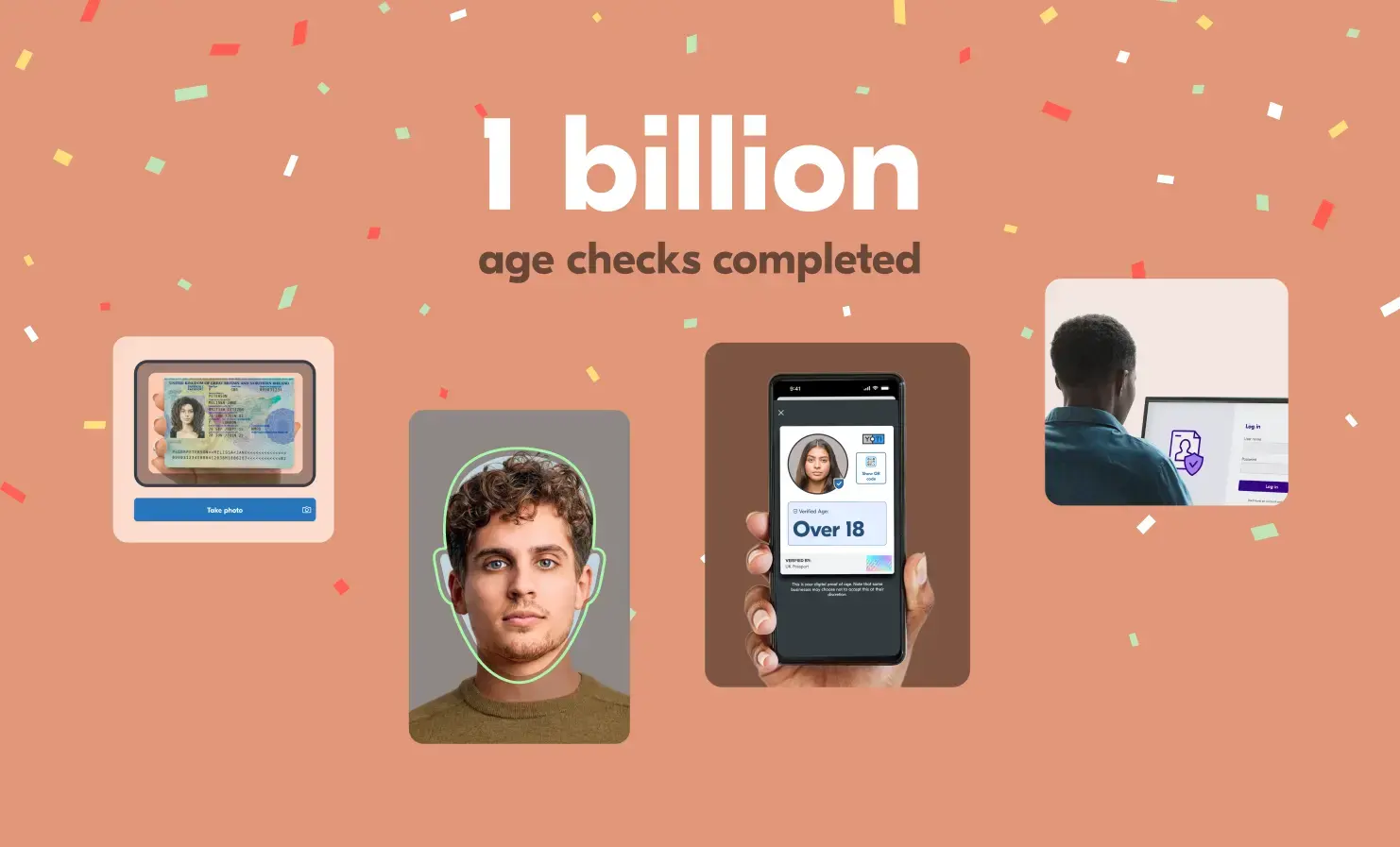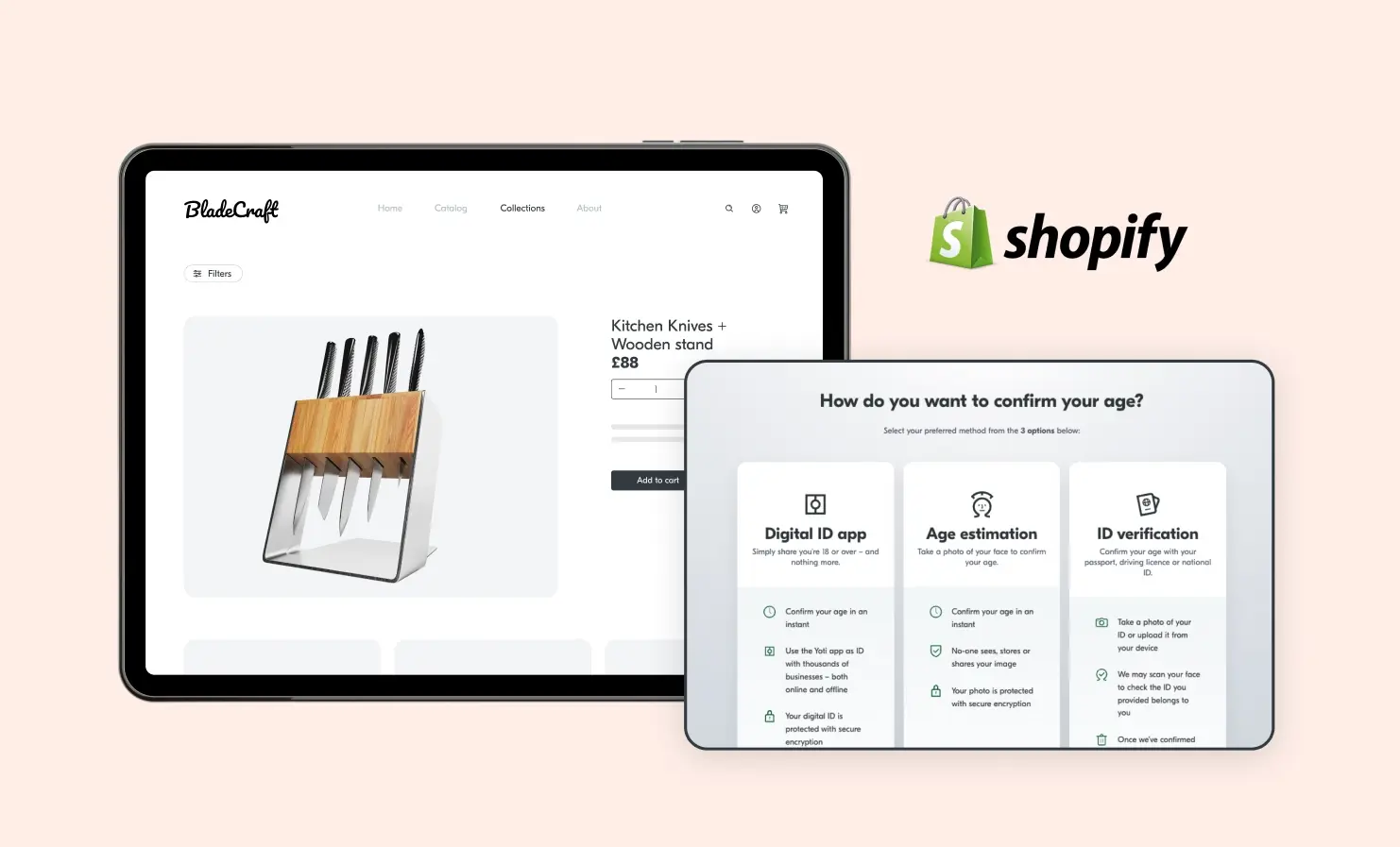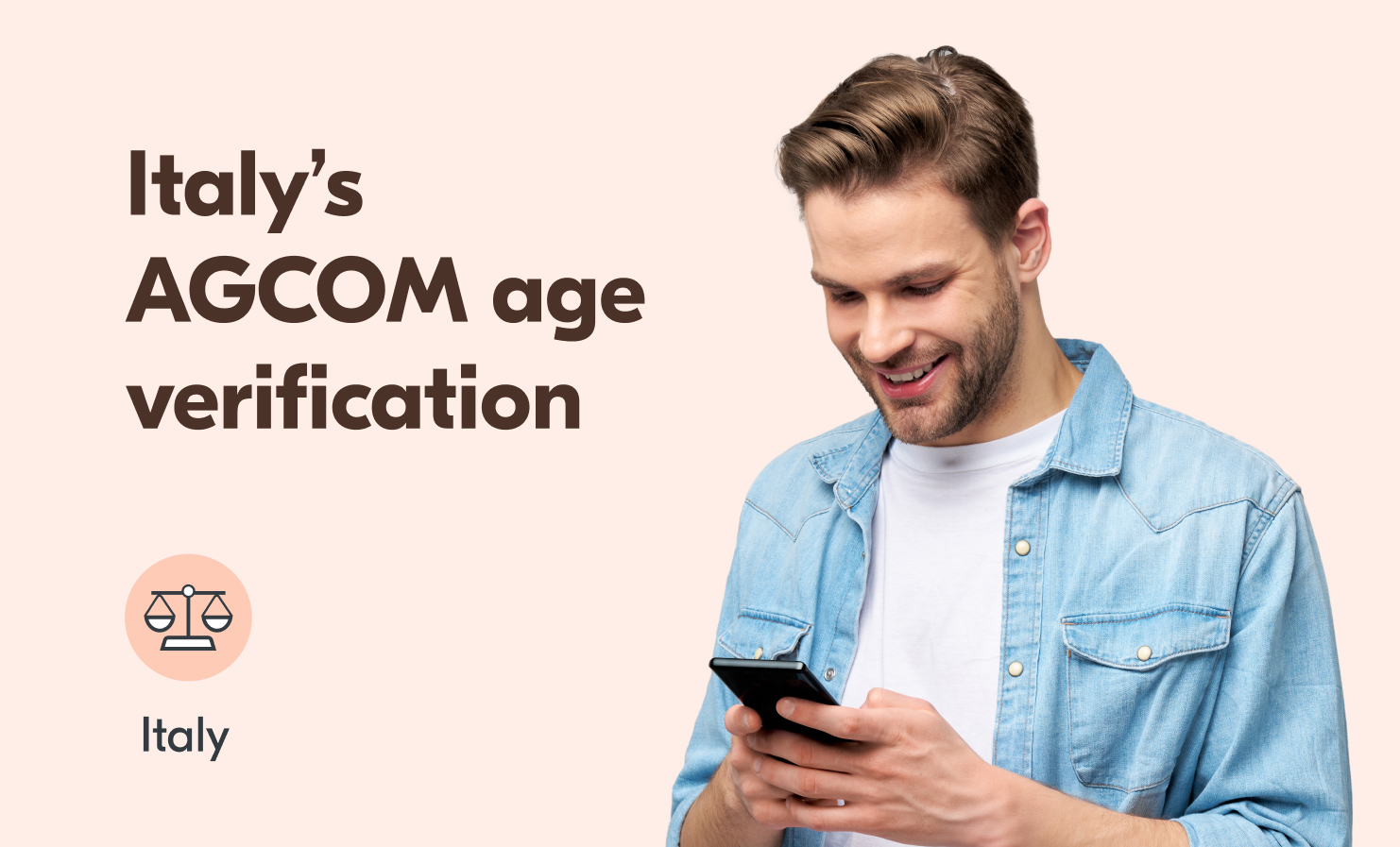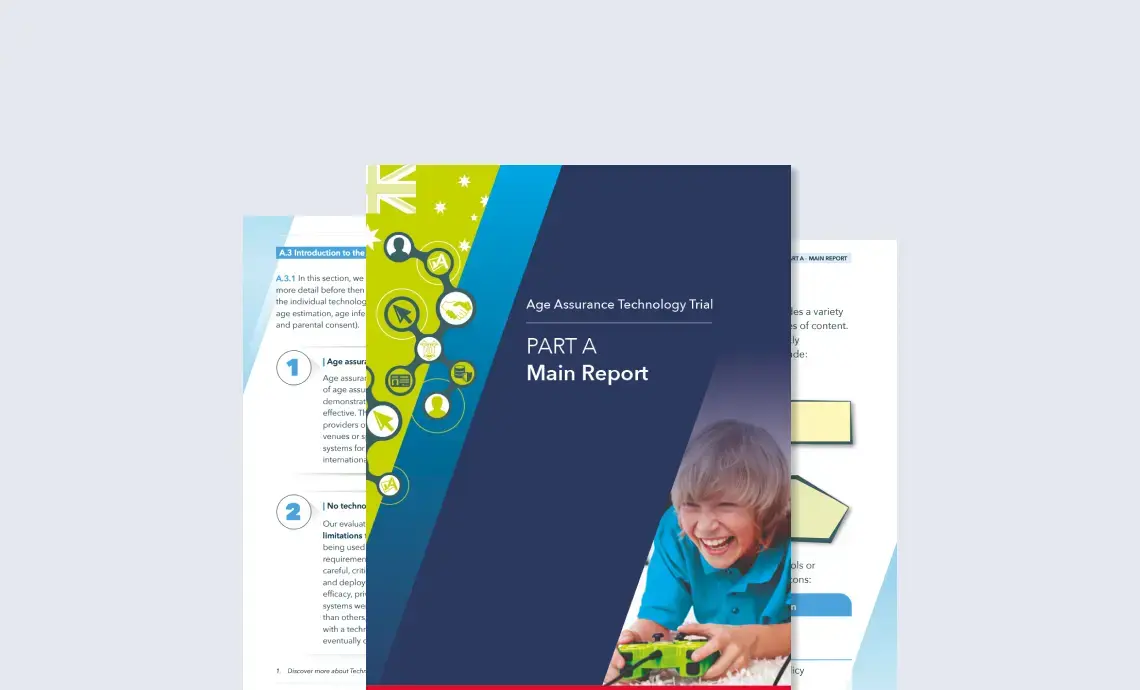Age assurance
Keep calm and carry on - what to expect ahead of Australia's age checks for social media
We’ve been talking to a number of media outlets ahead of Australia’s upcoming social media ban for under 16’s – set to kick in on 10th December – and thought it was worth sharing our insights more widely. After all, there’s plenty of speculation about what will actually happen: Will systems cope? Will there be issues accessing sites? Will everything grind to a halt? After supporting a number of countries across the world as they’ve rolled out age assurance measures (including the UK Online Safety Act’s launch in July this year), we can say with confidence that the infrastructure
Yoti completes 1 billion age checks - and counting!
We’re celebrating a huge moment in our journey: Yoti has now completed over 1 billion age checks! When we started out, we had a simple but powerful ambition: to help people prove their age without revealing their full identity. We recognised early on that not everyone has access to a document or always feels comfortable using it. That’s why we innovated and developed facial age estimation. Reaching this milestone – across facial age estimation, Digital IDs, identity document checks and our other secure age-checking methods – shows that our technology is being used safely and responsibly around the
Yoti age checks now available for Shopify stores
If you sell age-restricted products on Shopify, we’ve got good news. It’s now easier than ever to add secure, seamless age checks to your online store. Yoti has now officially integrated with Shopify – one of the biggest ecommerce platforms in the world. That means Shopify merchants can now offer fast, privacy-preserving age checks for their customers. If you’re selling alcohol, vapes, knives or other age-restricted items, this integration helps you meet legal requirements without adding unnecessary friction to your customers’ journey. Why does this matter for Shopify merchants? Shopify powers millions of online businesses, including both independent
Italy’s new age verification regulation for online platforms
In May 2025, AGCOM, Italy’s Communications authority, adopted Resolution No. 96/25/CONS, which formally approves the rules for online age verification of users accessing adult content. Similar to the UK’s OFCOM and France’s ARCOM regulators, AGCOM requires websites with pornographic content to implement robust age verification checks for users to ensure they are over 18. All three regulations are designed to protect minors from accessing age restricted content. Italy’s AGCOM has specified two important requirements: Checks must be double blind – that is, age verification providers cannot see what platform is submitting the check, and the platform cannot see any
BAT and the Channel Islands Coop roll out Yoti facial age estimation in stores to combat underage access
BAT and Channel Islands Coop have partnered to launch Yoti facial age estimation technology in stores across Jersey. The initiative aims to combat underage access across all age-gated product categories Forms part of BAT’s large-scale facial age estimation technology deployment in more than 600 stores across Europe Early results from BAT pilot in Europe show a 99% accuracy rate. 99.3% of 13 to 17 year olds will be correctly estimated as under the age of 21* London, UK – 16th October 2025 – British American Tobacco (BAT) has announced it has partnered with The Channel Islands Co-operative Society
Yoti excels in Australia’s age assurance benchmarking: A privacy-first approach with high accuracy
London, UK – 31st August 2025 – UK-based digital identity company, Yoti, has today been recognised as one of the leading providers in Australia’s national Age Assurance Technology Trial (AATT) benchmarking, demonstrating exceptional performance in privacy, usability and accuracy for both age verification and age estimation. The independent evaluation highlights Yoti’s commitment to balancing user privacy with robust assurance, confirming Yoti’s technology as one of the most privacy-forward solutions in the trial. Privacy by design and international standards compliance Yoti’s systems for age verification and age estimation demonstrated accuracy levels suitable for real-world application, meeting the highest Technology






